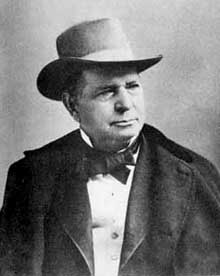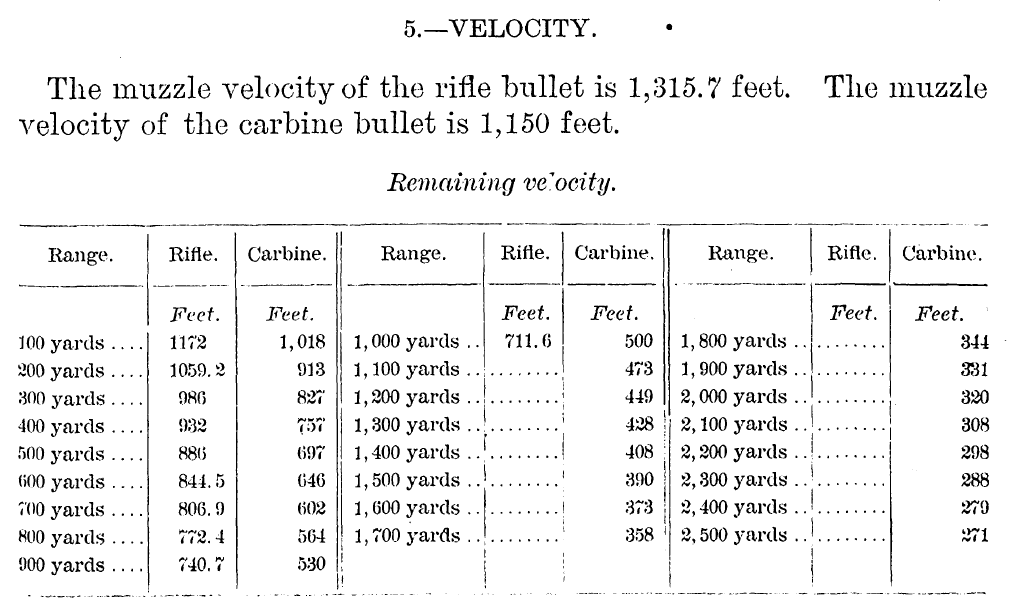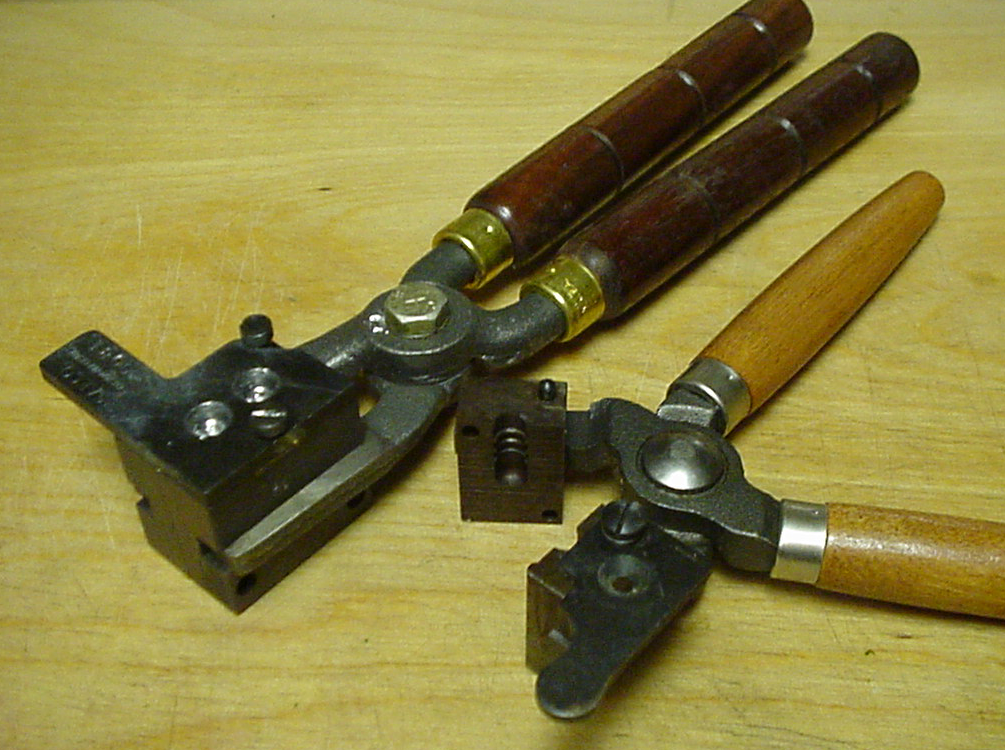|
.45-75 Winchester
The .45-75 Winchester / 11.62x48mmR ''Centennial'' is an intermediate centerfire rifle cartridge developed in 1876 for the newly designed Winchester Model 1876 ''Centennial'' lever-action rifle. Winchester Repeating Arms Company introduced the rifle and cartridge at the United States Centennial Exposition. The Model 1876 rifle used an enlarged version of the famous Winchester Model 1873 action to offer a lever-action repeating rifle using cartridges suitable for big-game hunting. The cartridge and rifle enjoyed brief popularity with Gilded Age American hunters including Theodore Roosevelt, and was issued to the Canadian North-West Mounted Police and to Texas Rangers. Description Nomenclature of the era indicated the .45-75 cartridge contained a diameter bullet with of gunpowder. Early Winchester ammunition boxes suggested reloading empty cartridge cases with government musket powder or with American Powder Company ''Deadshot Fg'', Hazard Powder Company ''Sea Shooting Fg'', ... [...More Info...] [...Related Items...] OR: [Wikipedia] [Google] [Baidu] [Amazon] |
Winchester Repeating Arms Company
The Winchester Repeating Arms Company was a prominent American manufacturer of repeating firearms and ammunition. The firm was established in 1866 by Oliver Winchester and was located in New Haven, Connecticut. The firm went into receivership in 1931 and was bought by the Western Cartridge Company, a forerunner of the Olin Corporation. The Winchester brand name is still owned by the Olin Corporation, which makes ammunition under that name. The Winchester name is also used under license for firearms produced by two subsidiaries of the Herstal Group – FN Herstal of Belgium and the Browning Arms Company of Ogden, Utah. History Early history Predecessors The ancestor of the Winchester Repeating Arms Company was the Horace Smith and Daniel Wesson partnership of Norwich, Connecticut (not to be confused with the famous Smith & Wesson Revolver Company founded later by the same men). Smith and Wesson acquired Lewis Jennings' improved version of inventor Walter Hunt's 18 ... [...More Info...] [...Related Items...] OR: [Wikipedia] [Google] [Baidu] [Amazon] |
Handloading
Handloading, or reloading, is the practice of making firearm cartridges by manually assembling the individual components ( metallic/ polymer case, primer, propellant and projectile), rather than purchasing mass-assembled, factory-loaded commercial ammunition. (It should not be confused with the reloading of a firearm ''with'' cartridges, such as by swapping detachable magazines, or using a stripper clip or speedloader to quickly insert new cartridges into a magazine.) The term ''handloading'' is the more general term, and refers generically to the manual assembly of ammunition cartridges. ''Reloading'' refers more specifically to handloading using previously fired cases and shotshells. The terms are often used interchangeably however, as the techniques are largely the same, whether the handloader is using new or recycled components. The differences lie in the initial preparation of cases or shells — new components are generally ready to load straight out of the box, w ... [...More Info...] [...Related Items...] OR: [Wikipedia] [Google] [Baidu] [Amazon] |
40-60 Winchester
4 (four) is a number, numeral and digit. It is the natural number following 3 and preceding 5. It is a square number, the smallest semiprime and composite number, and is considered unlucky in many East Asian cultures. Evolution of the Hindu-Arabic digit Brahmic numerals represented 1, 2, and 3 with as many lines. 4 was simplified by joining its four lines into a cross that looks like the modern plus sign. The Shunga would add a horizontal line on top of the digit, and the Kshatrapa and Pallava evolved the digit to a point where the speed of writing was a secondary concern. The Arabs' 4 still had the early concept of the cross, but for the sake of efficiency, was made in one stroke by connecting the "western" end to the "northern" end; the "eastern" end was finished off with a curve. The Europeans dropped the finishing curve and gradually made the digit less cursive, ending up with a digit very close to the original Brahmin cross. While the shape of the character f ... [...More Info...] [...Related Items...] OR: [Wikipedia] [Google] [Baidu] [Amazon] |
Winchester Model 1886
The Winchester Model 1886 was a lever-action repeating rifle designed by John Browning to handle some of the more powerful cartridges of the period. Originally chambered in .45-70 Government, .45-90 Sharps, and .40-82 Winchester, it was later offered in a half dozen other large cartridges, including the .50-110 Winchester. Despite being originally designed for use with black powder, the action was strong enough to make the jump to smokeless powder with only minor modifications, and was subsequently chambered in the smokeless .33 Winchester cartridge beginning in 1903. History The Model 1886 continued the trend towards chambering heavier rounds, and had an all-new and considerably stronger locking-block action than the toggle-link Model 1876. It was designed by John Moses Browning, who had a long and profitable relationship with Winchester from the 1880s to the early 1900s. William Mason also contributed, making some improvements to Browning's original design. In many re ... [...More Info...] [...Related Items...] OR: [Wikipedia] [Google] [Baidu] [Amazon] |
45-70
The .45-70 (11.6x53mmR), also known as the .45-70 Government, .45-70 Springfield, and .45-2" Sharps, is a .45 caliber rifle cartridge (firearms), cartridge originally holding 70 grain (unit), grains of black powder that was developed at the United States Army, U.S. Army's Springfield Armory for use in the Springfield Model 1873. It was a replacement for the stop-gap .50-70 Government cartridge, which had been adopted in 1866, one year after the end of the American Civil War, and is known by collectors as the "Trapdoor Springfield". Original ballistics of the 45-70-405 and -500 The original 45-70 loading was designated 45–70–405, referring to a 45 caliber bullet, 70 grains of black powder, and a 405 grain lead round nose bullet. It had a muzzle velocity of . A reduced-power load of of powder (Carbine Load) was manufactured for carbine use with a muzzle velocity of . In 1884, the US Ordnance Department increased the bullet weight of the 45–70 to 45–70–500, or a 45 calib ... [...More Info...] [...Related Items...] OR: [Wikipedia] [Google] [Baidu] [Amazon] |
Tallow
Tallow is a rendered form of beef or mutton suet, primarily made up of triglycerides. In industry, tallow is not strictly defined as beef or mutton suet. In this context, tallow is animal fat that conforms to certain technical criteria, including its melting point. Commercial tallow commonly contains fat derived from other animals, such as lard from pigs, or even from plant sources. The solid material remaining after rendering is called cracklings, greaves, or graves. It has been used mostly for animal food, such as dog food. In the soap industry and among soap-making hobbyists, the name tallowate is used informally to refer to soaps made from tallow. Sodium tallowate, for example, is obtained by reacting tallow with sodium hydroxide (lye, caustic soda) or sodium carbonate (washing soda). It consists chiefly of a variable mixture of sodium salts of fatty acids, such as oleic and palmitic.Ruth Winter (2007): ''A Consumerýs Dictionary of Household, Yard and Office ... [...More Info...] [...Related Items...] OR: [Wikipedia] [Google] [Baidu] [Amazon] |
Japan Wax
Japan wax (木蝋 ''Mokurō''), also known as sumac wax, sumach wax, vegetable wax, China green tallow, and Japan tallow, is a pale-yellow, waxy, water-insoluble solid with a gummy feel, obtained from the berries of certain sumacs native to Japan and China, such as ''Toxicodendron vernicifluum'' (lacquer tree) and '' Toxicodendron succedaneum'' (Japanese wax tree).Claude Leray "Waxes" in Kirk-othmer encyclopedia of chemical technology 2006, Wiley-VCH, Weinheim. Japan wax is a byproduct of lacquer manufacture. The fruits of the ''Toxicodendron'' trees are harvested, steamed, and pressed for the waxy substance which hardens when cool. It is not a true wax but a fat that contains 95% palmitin. Japan wax is sold in flat squares or disks and has a rancid odor. It is extracted by expression and heat, or by the action of solvents. Uses Japan wax is used in candles, furniture polishes, floor waxes, wax matches, soaps, food packaging, pharmaceuticals, cosmetics, pastels, crayons, buffi ... [...More Info...] [...Related Items...] OR: [Wikipedia] [Google] [Baidu] [Amazon] |
Lead
Lead () is a chemical element; it has Chemical symbol, symbol Pb (from Latin ) and atomic number 82. It is a Heavy metal (elements), heavy metal that is density, denser than most common materials. Lead is Mohs scale, soft and Ductility, malleable, and also has a relatively low melting point. When freshly cut, lead is a shiny gray with a hint of blue. It tarnishes to a dull gray color when exposed to air. Lead has the highest atomic number of any stable nuclide, stable element and three of its isotopes are endpoints of major nuclear decay chains of heavier elements. Lead is a relatively unreactive post-transition metal. Its weak metallic character is illustrated by its Amphoterism, amphoteric nature; lead and lead oxides react with acids and base (chemistry), bases, and it tends to form covalent bonds. Lead compounds, Compounds of lead are usually found in the +2 oxidation state rather than the +4 state common with lighter members of the carbon group. Exceptions are mostly limited ... [...More Info...] [...Related Items...] OR: [Wikipedia] [Google] [Baidu] [Amazon] |
Cast Bullet
A cast bullet is made by allowing molten metal to solidify in a mold. Most cast bullets are made of lead alloyed with tin and antimony; but zinc alloys have been used when lead is scarce, and may be used again in response to concerns about lead toxicity. Most commercial bullet manufacturers use swaging in preference to casting, but bullet casting remains popular with handloaders. Firearms projectiles were being cast in the 14th century. Iron was used for cannon, while lead was the preferred material for small arms. Lead was more expensive than iron, but it was softer and less damaging to the relatively weak iron barrels of early muskets. Lead could be cast in a ladle over a wood fire used for cooking or home heating, while casting iron required higher temperatures. Greater density of lead allowed lead bullets to retain velocity and energy better than iron bullets of the same weight and initial firing velocity. Swaging, rather than casting, became a preferred manufacturing tech ... [...More Info...] [...Related Items...] OR: [Wikipedia] [Google] [Baidu] [Amazon] |
Austin Powder Company
Austin Cartridge Company was an Austin Powder Company subsidiary manufacturing cartridge ammunition for small arms. The company made shotgun shells and rimfire cartridges from 1895 until purchased by Western Cartridge Company in 1907. History Austin Powder Company was founded in 1833 by brothers Daniel, Alvin, Lorenzo, Henry, and Linus Austin of Wilmington, Vermont. After exploring the market for gunpowder on the western frontier, they built and operated a gun powder mill at Old Forge on the Cuyahoga River near Akron, Ohio. Early production was largely used as blasting powder for coal mining but some was sold as sporting rifle powder. In 1884 the company became the exclusive supplier of gunpowder for shotgun shells manufactured by Chamberlain Cartridge Company. Austin Powder Company built the company town of Glenwillow, Ohio in 1892, and established the Austin Cartridge Company there in 1895 manufacturing ''Crack Shot'', ''Club Sporting'', and ''Champion Ducking'' shotgun shells ... [...More Info...] [...Related Items...] OR: [Wikipedia] [Google] [Baidu] [Amazon] |
Laflin & Rand
Laflin & Rand Powder Company was a gunpowder and early smokeless powder manufacturer notable for producing the smokeless powder used by United States Army infantry rifles from 1896 to 1908, which included the period of development of the M1903 Springfield rifle and .30-06 Springfield cartridge.Sharpe, Philip B. ''Complete Guide to Handloading'' 3rd Edition (1953) Funk & Wagnalls pp.136,147-149&175-177 Formation Matthew Laflin manufactured potassium nitrate for the Massachusetts militia during the American Revolutionary War, and built a gunpowder mill in Southwick, Massachusetts after the war. After Laflin's death in 1810, his grandchildren expanded the family business with two mills in New York and one in Wisconsin. These mills produced gunpowder for the Union forces through the American Civil War. Laflin Powder Company was incorporated in 1866 to consolidate operations to compete successfully for the reduced gunpowder demand after the war. Laflin Powder Company further consolidate ... [...More Info...] [...Related Items...] OR: [Wikipedia] [Google] [Baidu] [Amazon] |








